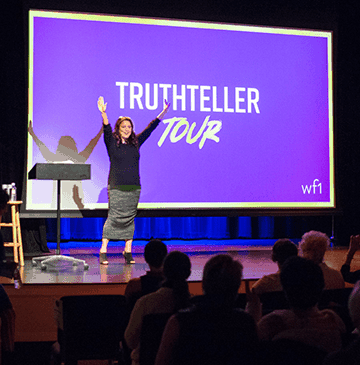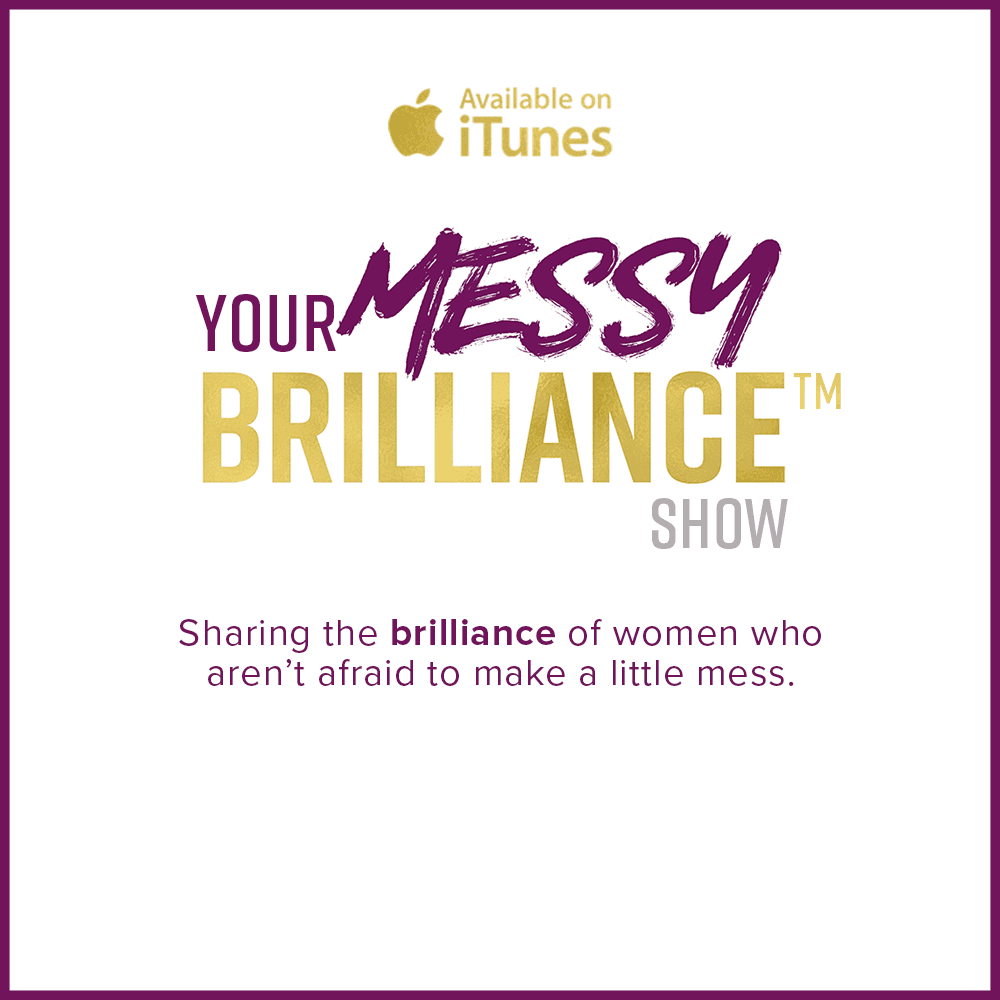
It’s OK to Feel Sad
For the longest time, my older son couldn’t watch Disney-Pixar movies. In almost every single one, a parental figure dies. While I like these movies, this plot point is a cheap way to evoke emotions, and I wish they would stop.
My older son was adopted at 13 months old from South Korea. We took him from a loving foster mother who was with him since he was just a few days old. On custody day, the day we would finally bring him home after watching him grow up for eight months through pictures, she sat with him on her lap and cried. As tears flowed from her eyes, I listened to her repeat to our son over and over, “How can I give you up?” She wouldn’t hand him to us. He was one of the many babies she had cared for over the decades, but he was her favorite. He was the easiest baby she’d ever had―so quick to laugh, so easy to love
Our social worker told me to grab him off her lap, which felt cruel, but I didn’t know what else to do. He was my son. I had waited a decade to be his mother as my husband and I struggled through miscarriages, infertility, and the lengthy and unpredictable adoption process. Trusting our experienced social worker, I did as I was told and pulled him off the foster mother’s lap. I met no resistance from her and held him in my arms as the social worker rushed us out of the building into an awaiting van to take us to the airport. I watched as the foster mother ran after us, her hands outstretched as if she was trying to hang on to the memory of his tiny body.
My son had lost his birth mother as a newborn, and then his foster mother only a year later, but he didn’t cry when we took custody. We gave him a toy, and he was happy to play with it. Young children can’t process the trauma of loss the way older children can, so they tend to grieve at night. I remember those early months when I co-slept with him. He would wake up multiple times at night, crying. Nothing would soothe him except a bottle, which the doctor advised against, but I gave it to him anyway. All I wanted to do was take away his pain, but I also didn’t want to keep listening to his crying. He was fine during the day, and you wouldn’t know any different if you had seen him toddling around the house. But that overwhelming sadness borne from loss was a trauma that ran deep inside him.
Even though our son happily bonded to us and started calling me Mommy a few months later, he would panic when he was 3, 4, 5, 6 years old. He became upset anytime he anticipated something bad happening to the parental figure in those Disney-Pixar movies. And sometimes, when I would leave the house, he would suddenly panic and cry and wouldn’t want me to leave. “It’s because you don’t get out enough,” my well-meaning friends would advise. But I knew. The tone in his sobs was different because he couldn’t bear the thought of my leaving him.
When I think about my son, I think about the sadness inside of me and how I’ve been avoiding it all these years through numbing and putting on layer after layer of emotional armor. My armor was shiny, beautiful, and intricate but it was also sharp and dangerous. My armor was perfection. I had a deep fear of being judged. I had a deep belief that I was unworthy of love, acceptance, and belonging. So I ran away from myself, putting on the armor to keep from feeling anything.
Two years ago, I finally removed my armor, piece by piece, by sharing my story through writing, by allowing myself to be seen, and by letting myself start feeling again. I now live in my light, which feels raw but open and alive. I practice embracing my inner worthiness. I work on being mindful and present. Yet the sadness ebbs and flows, and when it does, I can’t quite explain why. Sometimes it feels like a wave washing over me. Other times it feels like a shadow lurking in the background. “Focus on the positive!” I tell myself as I rally to make myself feel better. I do what I can to find relief, but it eventually comes back. It’s still there, this lifetime of sadness. And while I am learning to let go of negative thoughts, I’m realizing that we can’t run away from our emotions. Just as my son couldn’t run away from his during those sleepless nights of crying when he first came home.
I realize it’s time to look at my shadows so that I can accept myself fully and love myself unconditionally. This journey that I’ve been on is about seeing my inherent self-worth, embracing my humanness, and seeing the beauty in my flaws. Now I need to embrace my sadness, too. It is what makes me human, and there is beauty in that too.
Sadness is an emotion that makes us feel uncomfortable, but we can shift how we see it. We don’t have to label it, judge it, or call it a negative emotion. We can see it as a necessary and important way to help us release the emotional traumas of our past. We can stop spending so much energy fighting it, beating ourselves up over it, swallowing it and pushing it back down.
Today, when my now nine-year-old son is reminded of his loss in some unexpected way and that same tortured cry re-emerges from his body, I don’t try to take away his pain like I did with the bottle in those early days. I sit with him, hold him, and tell him it’s OK to feel sad. I let go of wanting to fix him, and instead, feel grateful that he’s allowing his sadness to work its way through his body.
I’m in my 40s and have spent decades resisting my sadness. While it’s uncomfortable and hard to embrace the waves that wash over me, I allow them to flow through my body. “It’s OK to feel sad,” I tell myself.











0 comments to "It’s OK to Feel Sad"